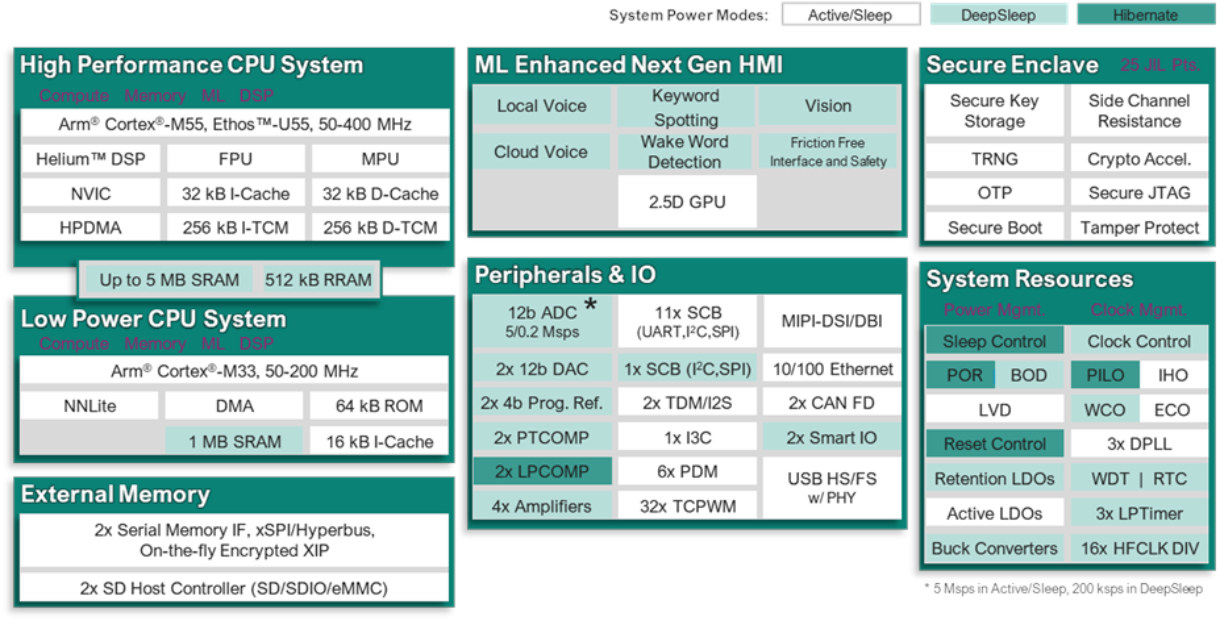Researchers develop instruments to assist knowledge scientists make the options utilized in machine-learning fashions extra comprehensible for finish customers. Explanation strategies that assist customers perceive and belief machine-learning fashions usually describe how a lot sure options utilized in the mannequin contribute to its prediction. Credit: Christine Daniloff, MIT; inventory pictureResearchers develop instruments to assist knowledge scientists make the options utilized in machine-learning fashions extra comprehensible for finish customers.Explanation strategies that assist customers perceive and belief machine-learning fashions usually describe how a lot sure options utilized in the mannequin contribute to its prediction. For instance, if a mannequin predicts a affected person’s threat of creating cardiac illness, a doctor would possibly need to understand how strongly the affected person’s coronary heart charge knowledge influences that prediction.But if these options are so complicated or convoluted that the consumer can’t perceive them, does the clarification methodology do any good?MIT researchers are striving to enhance the interpretability of options so decision-makers might be extra comfy utilizing the outputs of machine-learning fashions. Drawing on years of fieldwork, they developed a taxonomy to assist builders craft options that might be simpler for his or her audience to know.“We discovered that out in the actual world, regardless that we had been utilizing state-of-the-art methods of explaining machine-learning fashions, there may be nonetheless rather a lot of confusion stemming from the options, not from the mannequin itself,” says Alexandra Zytek, {an electrical} engineering and pc science PhD scholar and lead creator of a paper introducing the taxonomy.To construct the taxonomy, the researchers outlined properties that make options interpretable for 5 sorts of customers, from synthetic intelligence consultants to the folks affected by a machine-learning mannequin’s prediction. They additionally provide directions for the way mannequin creators can rework options into codecs that might be simpler for a layperson to grasp.They hope their work will encourage mannequin builders to think about using interpretable options from the starting of the growth course of, relatively than making an attempt to work backward and give attention to explainability after the reality.MIT co-authors embody Dongyu Liu, a postdoc; visiting professor Laure Berti-Équille, analysis director at IRD; and senior creator Kalyan Veeramachaneni, principal analysis scientist in the Laboratory for Information and Decision Systems (LIDS) and chief of the Data to AI group. They are joined by Ignacio Arnaldo, a principal knowledge scientist at Corelight. The analysis was printed in the June version of the Association for Computing Machinery Special Interest Group on Knowledge Discovery and Data Mining’s peer-reviewed Explorations Newsletter.Real-world classesFeatures are enter variables which are fed to machine-learning fashions; they’re normally drawn from the columns in a dataset. Data scientists sometimes choose and handcraft options for the mannequin, and so they primarily give attention to guaranteeing options are developed to enhance mannequin accuracy, not on whether or not a decision-maker can perceive them, Veeramachaneni explains.For a number of years, he and his staff have labored with decision-makers to determine machine-learning usability challenges. These area consultants, most of whom lack machine-learning data, usually don’t belief fashions as a result of they don’t perceive the options that affect predictions.For one undertaking, they partnered with clinicians in a hospital ICU who used machine studying to foretell the threat a affected person will face issues after cardiac surgical procedure. Some options had been offered as aggregated values, like the development of a affected person’s coronary heart charge over time. While options coded this manner had been “mannequin prepared” (the mannequin might course of the knowledge), clinicians didn’t perceive how they had been computed. They would relatively see how these aggregated options relate to authentic values, so they may determine anomalies in a affected person’s coronary heart charge, Liu says.By distinction, a bunch of studying scientists most well-liked options that had been aggregated. Instead of having a characteristic like “quantity of posts a scholar made on dialogue boards” they’d relatively have associated options grouped collectively and labeled with phrases they understood, like “participation.”“With interpretability, one measurement doesn’t match all. When you go from space to space, there are completely different wants. And interpretability itself has many ranges,” Veeramachaneni says.The concept that one measurement doesn’t match all is vital to the researchers’ taxonomy. They outline properties that may make options roughly interpretable for various decision-makers and description which properties are probably most essential to particular customers.For occasion, machine-learning builders would possibly give attention to having options which are appropriate with the mannequin and predictive, which means they’re anticipated to enhance the mannequin’s efficiency.On the different hand, decision-makers with no machine-learning expertise may be higher served by options which are human-worded, which means they’re described in a approach that’s pure for customers, and comprehensible, which means they discuss with real-world metrics customers can motive about.“The taxonomy says, if you’re making interpretable options, to what stage are they interpretable? You might not want all ranges, relying on the kind of area consultants you might be working with,” Zytek says.Putting interpretability firstThe researchers additionally define characteristic engineering strategies a developer can make use of to make options extra interpretable for a particular viewers.Feature engineering is a course of wherein knowledge scientists rework knowledge right into a format machine-learning fashions can course of, utilizing strategies like aggregating knowledge or normalizing values. Most fashions can also’t course of categorical knowledge except they’re transformed to a numerical code. These transformations are sometimes almost not possible for laypeople to unpack.Creating interpretable options would possibly contain undoing some of that encoding, Zytek says. For occasion, a standard characteristic engineering approach organizes spans of knowledge so all of them comprise the similar quantity of years. To make these options extra interpretable, one might group age ranges utilizing human phrases, like toddler, toddler, baby, and teenage. Or relatively than utilizing a reworked characteristic like common pulse charge, an interpretable characteristic would possibly merely be the precise pulse charge knowledge, Liu provides.“In rather a lot of domains, the tradeoff between interpretable options and mannequin accuracy is definitely very small. When we had been working with baby welfare screeners, for instance, we retrained the mannequin utilizing solely options that met our definitions for interpretability, and the efficiency lower was virtually negligible,” Zytek says.Building off this work, the researchers are creating a system that permits a mannequin developer to deal with sophisticated characteristic transformations in a extra environment friendly method, to create human-centered explanations for machine-learning fashions. This new system may even convert algorithms designed to elucidate model-ready datasets into codecs that may be understood by decision-makers.Reference: “The Need for Interpretable Features: Motivation and Taxonomy” by Alexandra Zytek, Ignacio Arnaldo, Dongyu Liu, Laure Berti-Equille and Kalyan Veeramachaneni, 21 June 2022, ACM SIGKDD Explorations Newsletter.DOI: 10.1145/3544903.3544905
https://news.google.com/__i/rss/rd/articles/CBMicGh0dHBzOi8vc2NpdGVjaGRhaWx5LmNvbS9taXQtdGF4b25vbXktaGVscHMtYnVpbGQtZXhwbGFpbmFiaWxpdHktaW50by10aGUtY29tcG9uZW50cy1vZi1tYWNoaW5lLWxlYXJuaW5nLW1vZGVscy_SAQA?oc=5



